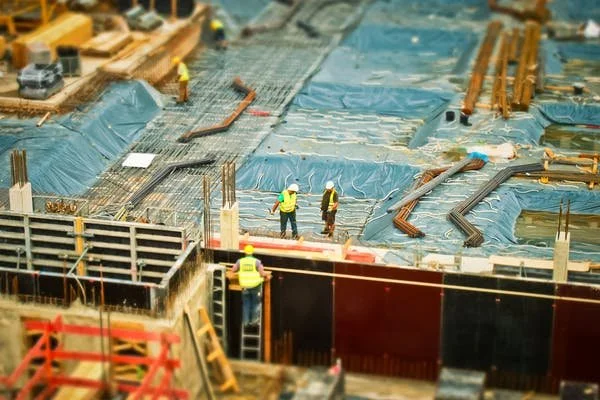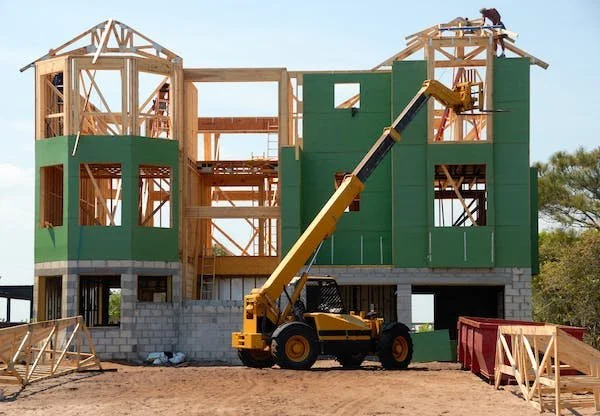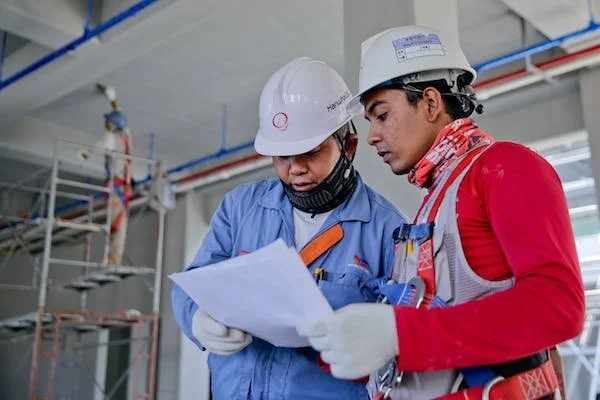Essential Construction Trends You’ll Need in 2023
RH Business Marketing Solutions
The construction industry is ever-evolving, shaped by technological advancements, changing market demands, and emerging trends. As we look ahead to 2023, it's important to identify the key trends that have the potential to significantly impact the construction industry. These trends not only influence the way projects are designed and executed but also shape the industry's future as a whole. So, here are some of the key trends that may blow the construction industry in 2023, providing valuable insights for industry professionals and stakeholders.
Offsite construction and modularization
Offsite construction and modularization are gaining traction in the industry due to their potential to improve efficiency and reduce project timelines. Prefabrication and modular construction methods allow for greater precision, reduced waste, and enhanced cost control. In 2023, we can expect to see increased adoption of these methods, as they offer the benefits of streamlined construction processes, improved quality control, and the ability to meet tight project schedules.
Digital transformation and Building Information Modeling (BIM)
The digital transformation of the construction industry continues to reshape project management and collaboration. Building Information Modeling (BIM) is becoming a standard practice in project design and planning, enabling better coordination and communication among stakeholders. In 2023, the industry will see further integration of BIM and other advanced technologies, such as drones, virtual reality, and augmented reality, to optimize project delivery, improve safety, and enhance decision-making processes.
Sustainability and green building
Builders and developers are incorporating sustainable materials, energy-efficient designs, and renewable energy solutions into their projects more than ever. The adoption of green building certifications, such as LEED (Leadership in Energy and Environmental Design), is becoming more prevalent as clients and consumers prioritize environmentally-friendly construction practices. Of course, to make that happen, you’ll need a professional supplier who will give you all the materials you need to make your construction project green. That’s why finding experts in stainless steel manufacturing, for instance, is a crucial part of this project, so start doing that right now!
Increased focus on safety
Safety remains a top priority in the construction industry, and in 2023, we can expect an increased focus on enhancing safety protocols and practices. Construction companies are investing in advanced safety technologies, such as wearable devices and real-time monitoring systems, to mitigate risks and protect workers on-site. The industry will also witness the adoption of proactive safety measures, including safety training programs and cultural shifts that prioritize a safety-first mindset.
Integration of artificial intelligence and robotics
Artificial intelligence (AI) and robotics are gradually finding their place in the construction industry, automating repetitive tasks, improving productivity, and reducing labor costs. AI-powered software and robotics technologies are used for tasks such as site surveying, autonomous equipment operation, and project scheduling. In 2023, the integration of AI and robotics will continue to transform construction processes, enabling greater precision, efficiency, and productivity.
Embracing the Internet of Things (IoT)
The Internet of Things (IoT) revolutionizes the construction industry by connecting devices, equipment, and systems for improved monitoring and data-driven decision-making. IoT sensors embedded in construction machinery, tools, and building components provide real-time data on performance, maintenance needs, and energy usage. This data allows for proactive maintenance, better resource management, and optimized operational efficiency. In 2023, the industry will see increased adoption of IoT solutions to enhance project outcomes and reduce costs.
Addressing the skilled labor shortage
The construction industry has been grappling with a skilled labor shortage for years, and this challenge is expected to continue in 2023. To address this issue, the industry is focusing on initiatives to attract and retain skilled workers. This includes investing in training programs, promoting apprenticeships, and leveraging technology to augment labor capabilities. Construction companies are also exploring new recruitment strategies, such as targeting diverse talent pools and fostering partnerships with educational institutions.
As the construction industry progresses into 2023, it is essential for industry professionals and stakeholders to stay informed about the key trends that have the potential to reshape the industry. From sustainability and green building practices to digital transformation, safety advancements, and the integration of emerging technologies, these trends will drive innovation, improve project outcomes, and address longstanding industry challenges. By embracing these trends and adapting to the changing landscape, the construction industry can thrive and build a sustainable future.
Guest Contributor: Diana Smith

























